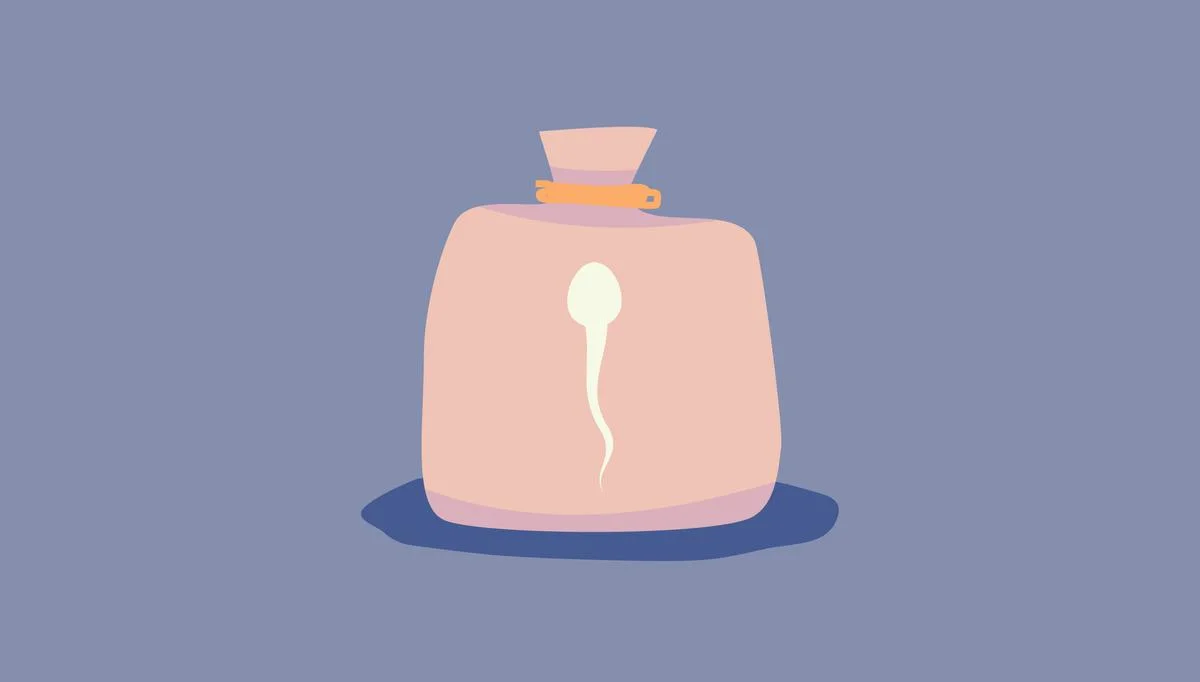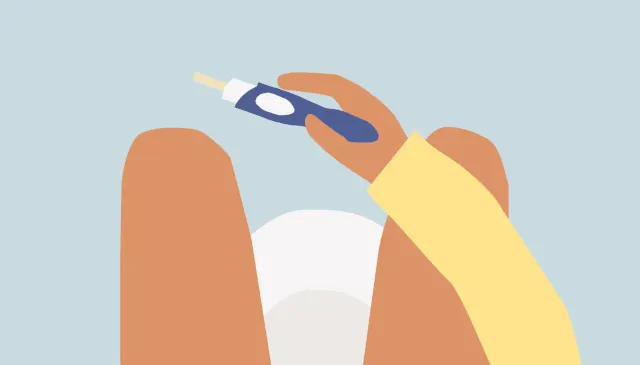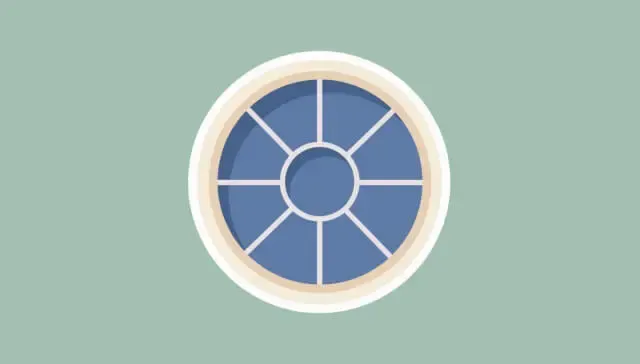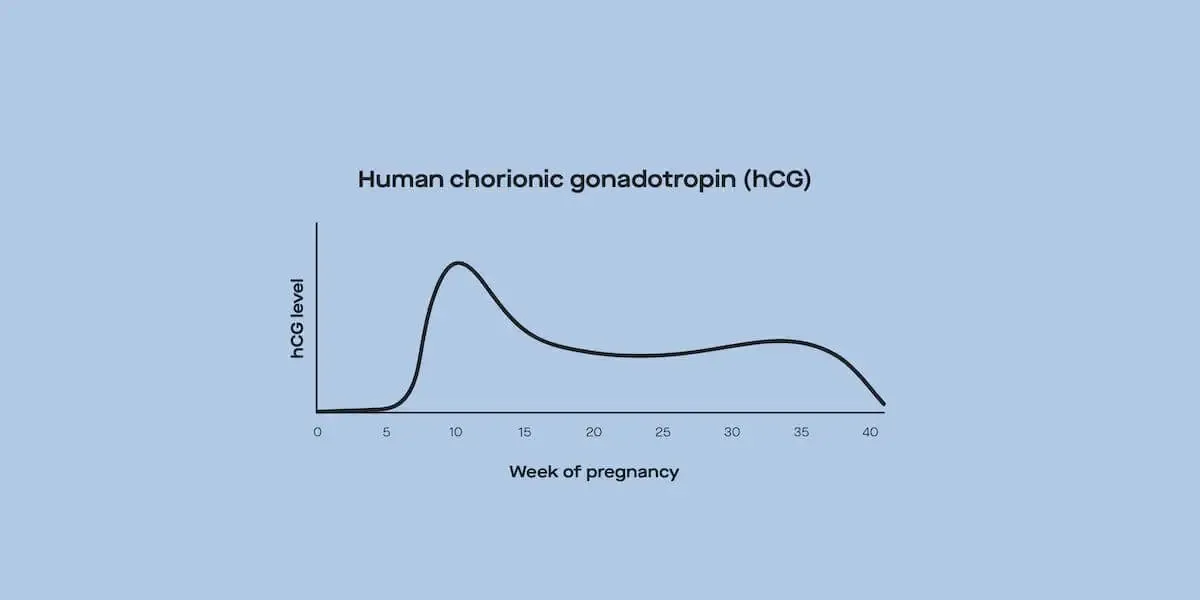Here's what we'll cover
Here's what we'll cover
First off, a retroverted uterus, or retroflexed uterus, is completely normal. Almost all uteruses naturally tilt slightly in some direction, whether it’s forward or backward.
The most common position of the uterus is anteverted, which tilts forward (towards the belly button) at the cervix. A retroverted uterus also called a retroflexed, titled, or tipped uterus––is tilted in the opposite direction, slightly backwards towards the spine or rectum (Ameer, 2021).
Although it’s not seen as often as an anteverted uterus, retroversion is still quite common. Experts estimate that about 15% of uteruses are oriented this way. Complications due to a tilted uterus are rare, and even in pregnancy retroverted uteruses usually don’t cause any problems (Han, 2019).
What is a retroverted uterus?
Much of the time, a retroverted uterus is something people are born with––they may live their entire lives without knowing about it. You can also develop a tilted uterus in your teenage years or during adulthood.
There are a few things that can cause a uterus to become retroverted. Scar tissue, called an adhesion, from endometriosis, fallopian tube inflammation, pelvic inflammatory disease, pelvic surgery, or infection can sometimes cause a uterus to tilt backward.
Lower estrogen levels during menopause may affect the uterus, causing it to shift position (Ameer, 2021).
Signs and symptoms of a retroverted uterus
Again, a retroverted uterus is rarely something to worry about. It's technically an anatomical abnormality, but almost never causes symptoms. Occasionally, you may feel pelvic pain, trouble inserting tampon, lower back pain, or mild incontinence (Ameer, 2021).
Impact on sex
A retroverted uterus doesn’t always cause pain during sexual intercourse (dyspareunia), but if it does, it's a good idea to speak with a healthcare provider. They may also be able to suggest sexual positions that may work better for you. As is always true, try out different positions until you find ones that best suit you.
Fertility
Medical professionals used to believe that a retroverted uterus makes it harder to get pregnant—however, the tilt of the uterus does not play much of a role in the modern workup of female infertility (Walker, 2021).
However, if you have a condition like endometriosis (which can cause a retroverted uterus) it could make it harder to conceive. This is due to the condition itself––not the tilt of your uterus. (Walker, 2021).
Pregnancy
It’s rare that a retroverted uterus causes issues during pregnancy. That’s because the uterus typically expands beyond the pelvis after the first trimester and adjusts into the typical frontwards position (Han, 2019).
In the unlikely instance that a retroverted uterus doesn’t move forward, it (and the growing baby) can get trapped between the first vertebrate and a joint in the pelvis. This is an incarcerated uterus, a condition that compresses the bladder and urethra as the baby grows. Uterine incarceration starts around the beginning of the second trimester (Han, 2019).
Treatment for a retroverted uterus
A retroverted uterus usually doesn’t cause any issues, but if it does, there are treatment options (Han, 2019):
If you are pregnant, your provider can help you reposition the uterus using certain maneuvers.
Treating an underlying condition (such as endometriosis or fibroids) if that’s the root cause of your uterine issues.
You may also be fitted with a device called a pessary. Pessaries are donut-shaped, silicon devices that sit beneath the uterus and hold it in place. Pessaries can be placed either temporarily or permanently to reorient your uterus. They do raise the risk for inflammation and infection, so make sure you contact a healthcare professional if you notice something is off.
Minimally invasive laparoscopic surgery may be indicated in some situations.
If you are experiencing pelvic or uterine issues, a healthcare provider can perform a pelvic exam to determine the orientation of your uterus and rule out other potential culprits.
DISCLAIMER
If you have any medical questions or concerns, please talk to your healthcare provider. The articles on Health Guide are underpinned by peer-reviewed research and information drawn from medical societies and governmental agencies. However, they are not a substitute for professional medical advice, diagnosis, or treatment.
Ameer, M. A., Fagan, S. E., Sosa-Stanley, J. N., Peterson, D. C. (2021). Anatomy, Abdomen and Pelvis, Uterus. StatPearls Publishing. Retrieved on Oct. 1, 2021 from https://www.ncbi.nlm.nih.gov/books/NBK470297/
Han, C., Wang, C., Han, L., Liu, G., Li, H., She, F., Xue, F., & Wang, Y. (2019). Incarceration of the gravid uterus: A case report and literature review. BMC Pregnancy and Childbirth, 19 (1). doi: 10.1186/s12884-019-2549-3. Retrieved from https://pubmed.ncbi.nlm.nih.gov/31703641/
Walker MH, Tobler KJ. (2021). Female infertility. In: StatPearls [Internet]. Treasure Island (FL): StatPearls Publishing; 2021 Jan-. Retrieved on Oct. 1, 2021 from https://www.ncbi.nlm.nih.gov/books/NBK556033/










